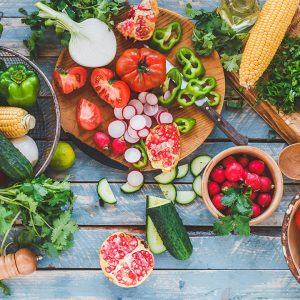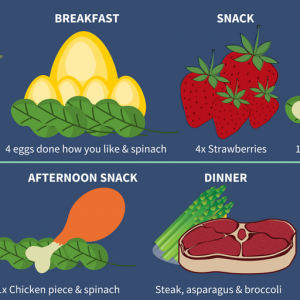The 5-2 diets is a mainstream type of irregular fasting that includes eating consistently for 5 days and eating next to no for 2 days. The 5:2 diet gets its name since it includes eating routinely for 5 days of the week while radically constraining caloric admission on the other 2 two days. While the 5-2 diet is a well-known type of discontinuous fasting, the term fasting is marginally deceptive.
In contrast to a genuine quick, which includes eating nothing for a set measure of time, the objective of the 5-2 diet is to cut caloric admission on fasting days to 25 percent or only one-fourth of an individual’s ordinary admission on the rest of the days. For instance, an individual who routinely eats around 2,000 calories every day would eat 500 calories on fasting days. Critically, fasting days are not successive because it is indispensable to give the body the calories and supplements it needs to flourish.
Individuals regularly space their fasting days out, for instance, by taking their diminished calorie days on Monday and Thursday or Wednesday and Saturday. Some portion of the diet’s allure is this adaptability. Rather than seriously confining the nourishments an individual can eat, the 5-2 diet centers around the severe caloric limitation on just 2 days of the week. This may assist some with people feel increasingly happy with their diet, as they won’t feel that they are passing up a major opportunity constantly. The 5 typical days of the 5-2 diets should in any case include an invigorating diet, in any case. Stacking up on sweet or prepared nourishments for 5 days and afterward having a little break may not be as useful as keeping a pattern of clean eating during the whole week.
Benefits
- Weight loss
- Diminishing the risk of type 2 diabetes
How to eat on fast days
There is no right method to eat on fasting days, as every individual’s body may react contrastingly to fasting. The rule is that on quick days, an individual devours only 25 percent of their ordinary calorie admission.
- Eating three little suppers, for example, an early breakfast, evening lunch, and delayed supper
- Having an early lunch and supper
- Having a little breakfast and delayed lunch and skipping supper
- Eating a solitary feast at supper or breakfast
Food to include
- Vegetables and fiber
For individuals who are simply beginning on the 5-2 routine, eating more vegetables may enable them to feel as though they are not lacking during a feast. Vegetables can be exceptionally low in calories contrasted and creature items and grains, which mean more vegetables, can fit into a little feast.
- Protein
- Whitefish
- Lean fish
- Eggs
- Beans, peas, and lentils
- Tofu
- Dark berries
- Soup
- Water
- Coffee or tea
Food to avoid
To evade additional calories or spending the everyday calorie limit on nourishments with less wholesome advantages than some other, increasingly supplement thick ones, an individual may wish to maintain a strategic distance from the accompanying food sources on quick days:
- Handled nourishments, which are commonly refined and high in calories
- Refined starches, for example, bread, pasta, and white rice
- Overabundance fats, including cooking oils, creature fats, and cheddar



